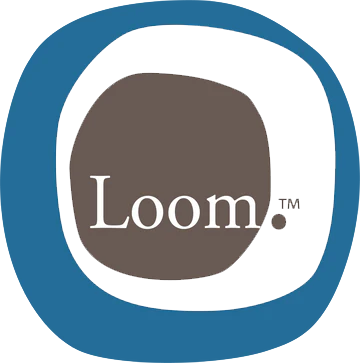Why Chemical-Free Cleaning Matters
Keeping your tablecloths clean without using harsh chemicals is better for your fabric and your home. Strong cleaners can weaken the fibers, fade the colors, and leave behind chemical smells. Natural cleaning methods protect both your tablecloths and your family, making your dining space healthier and more comfortable.
Understanding Common Tablecloth Stains
Before you start cleaning, it’s helpful to know the type of stains you’re dealing with. Food spills, oil marks, wine drops, and juice stains all behave differently. Some stains settle quickly into the fabric, while others stay on the surface. Understanding their nature helps you choose the right natural cleaning approach and prevents damage to your tablecloth.
Natural Ingredients That Really Work
You don’t need chemical cleaners when simple household items can do the job. Baking soda helps lift stains and remove odors. White vinegar is useful for breaking down grease and lightening discoloration. Lemon juice works well for brightening and removing stubborn marks. These natural ingredients are gentle on fabric and still provide excellent cleaning power.
Quick Pre-Treatment Steps Before Washing
Treating stains early prevents them from becoming permanent. Start by blotting the stain gently with a clean cloth to absorb any excess liquid. Avoid rubbing, as it pushes the stain deeper into the fabric. Apply a mixture of mild detergent and water or natural solutions like vinegar or lemon juice. Let it sit for a few minutes before washing. This simple step makes a big difference in cleaning results.
How to Remove Food and Drink Stains Naturally
For common stains like coffee, tea, or juice, mix equal parts of water and vinegar, then dab it onto the affected area. For oily stains, sprinkle baking soda to absorb the oil before washing. For tomato or curry stains, rinse the area with cold water and apply lemon juice to help lift the color. Always rinse thoroughly before washing your tablecloth normally.
Gentle Washing Tips for Long-Lasting Fabric
Washing your tablecloths the right way helps keep them clean without damaging the fabric. Use mild detergent and cold or lukewarm water to protect the fibers. Avoid rough scrubbing or strong bleach, as these can weaken the material. A gentle wash cycle keeps your tablecloth soft while still removing everyday dirt and light stains.
Drying Methods That Protect Your Tablecloth
Drying plays a big role in maintaining the look and feel of your tablecloths. Instead of high heat, air-drying or using a low-heat setting helps prevent shrinking and color fading. Shake out the tablecloth before hanging it so wrinkles don’t set in. This simple step helps your fabric look smooth and fresh without using harsh chemical treatments.
Everyday Habits to Prevent Stains
Small habits can help stop stains before they happen. Clean spills right away using a damp cloth and natural cleaners like lemon juice or baking soda. Use placemats during meals for extra protection, especially during gatherings. These easy routines help keep your tablecloths clean and reduce the need for deep cleaning.
Safe Ways to Brighten Faded Tablecloths
If your tablecloth starts to look dull, you can brighten it naturally. White vinegar in the rinse cycle helps refresh colors without damaging the fabric. Sunlight also acts as a natural brightener, but avoid leaving the cloth outside for too long to prevent over-fading. These gentle methods keep your tablecloth looking new without any harsh chemicals.
Eco-Friendly Storage Tips to Maintain Freshness
Proper storage keeps your tablecloths fresh for future use. Make sure they’re fully dry before folding to avoid musty smells. Store them in a cool, dry place, preferably inside a breathable cotton bag. This protects the fabric from dust and allows air circulation, helping your tablecloth stay clean and ready for your next event.
Suggested Article: Table Runners vs. Tablecloths: What Works Best for Your Dining Table
Conclusion
Keeping your tablecloths stain-free without harsh chemicals is simple when you use natural cleaners and follow gentle cleaning steps. These methods protect your fabric and make your dining area safer for everyday use. For high-quality table linens that are easy to care for, visit https://loomhometextiles.com/





